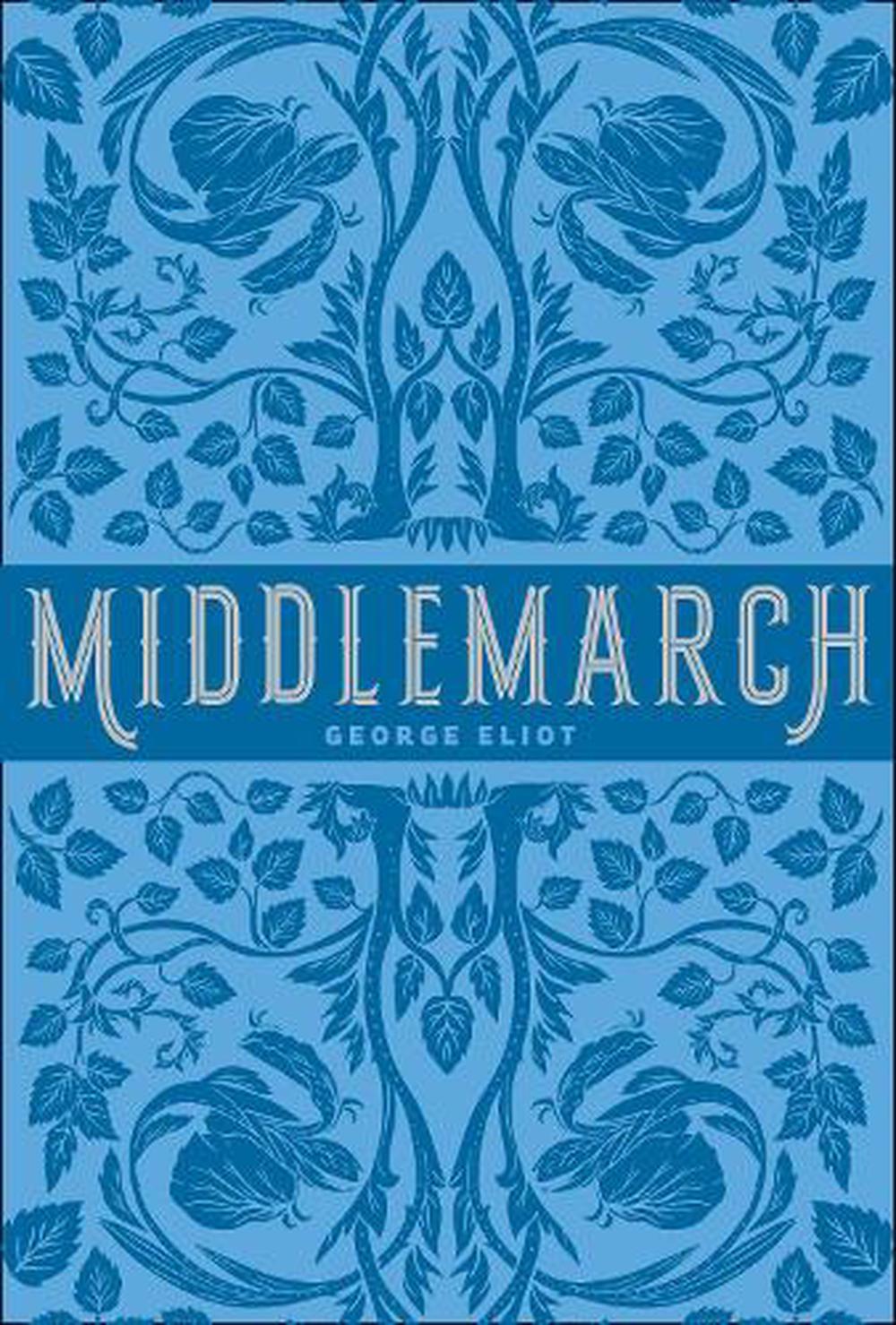

Rather, Middlemarch is accorded the status of being ripe for irreverence, 'something this novel sorely needs after more than a century of worship' (p.

The goal is not novelty for its own sake. A glancing comparison with Wuthering Heights, for example, gives a new dimension to the ongoing comparisons of George Eliot and 'the Brontes'. 4), and proposes some different relativities from those that have been orthodox in discussions of George Eliot's greatest novel, especially in the last half-century. 'Who besides Eliot has been better aware of the alteration of objects given a change in perspective?' she asks rhetorically (p. Here, she confines herself to an introductory essay, which cogently states the brief given to her contributors, to reflect on how Middlemarch can be read in the twenty-first century. Karen Chase is well-known for her own studies of George Eliot, not least George Eliot: 'Middlemarch' (1991). This set of eight original essays engages afresh with a novel that many readers might claim to know well, in such a way as to make 'the lights and shadows.


 0 kommentar(er)
0 kommentar(er)
